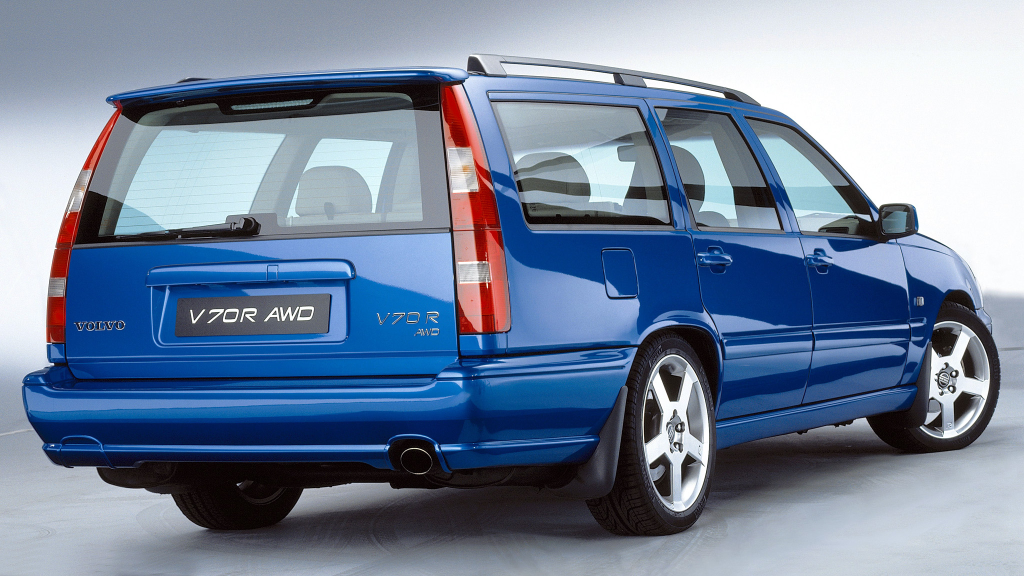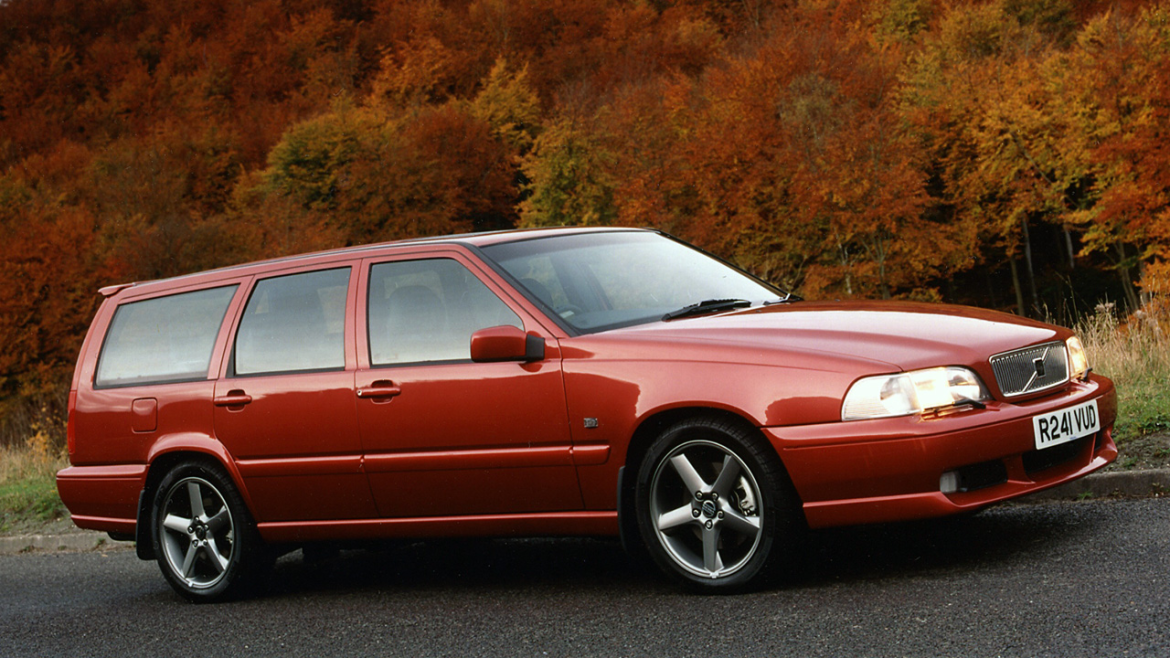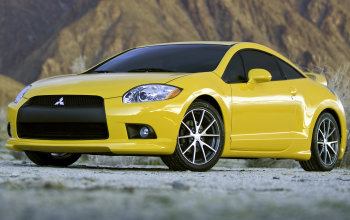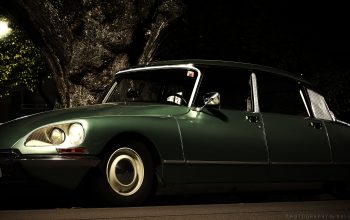The Volvo V70 R picks up where 850 R left off, a fast, comfortable performance wagon for the masses.
Volvo is one of the acclaimed car brands known for their rugged dependability and combination of comfort and performance without any compromise. Models like the 850 R perfectly encapsulated what the ”R” stands for in Volvo principles. It was a station wagon that was practical for almost anything and fast enough to back its fancy performance badge up with its 2.5L inline-five engine producing 250 HP. The 850 R was a huge success in both sale figures and establishing Volvo in the performance market, showing that they are ready to face the big names like Mercedes-Benz or BMW. After the production of the 850 R ended, the newly designed V70 and V70 R models became the successors of the well known wagon, however, the V70 R has always been on the shadows of its older brother. Let’s take a look at the voiceless yet capable successor of the legendary 850 R that caused a stir both in the market and motorsports.

Unveiled in 1997, the V70 R remained identical to its predecessor, having a boxy station wagon design with a whiff of modern touches, namely the 17 inch sporty rims and new performance bumpers to distinguish it from other models of its range. The decision to keep the similarities between its predecessor illustrates the success of the original 850 R, but that did not mean that V70 R was just going to be a simple redecoration. Volvo’s own developed Road and Traffic Information (RTI) navigation system was introduced in this R version, and an interior with leather/alcantara and diamond stitching reminds you the possession of the highest model in the Volvo wagon family. A total of eight colors were available; Black Stone, Classic Red, Nautic Blue Pearl, Silver Metallic, Cassis, Venetian Red Pearl, Dark Olive Green, Laser Blue.
The 850 models were considered ”people’s wagon”, and its performance version made sure to keep the perfect reliability and practicality intact with no drawbacks in costs, which is hard to say for most new models of today with their heavy electric systems oversizing and overweighing the car, which increases its sale price in return. Volvo managed to keep the same perfect ratio of practicality and performance in the V70 R as it retained the huge cargo volume of 16.7 cuFT (473 L) and a combined fuel economy of 20.8 MPG (11.4 L/100Km). Like a true sleeper, then, the V70 R manages to not embarrass itself with impressive figures, enough to take on the other performance wagons like the E55 AMG Estate. The latter might be more powerful, but the Volvo gives almost as much as the fun and speed of a wagon AMG, albeit without forcing you to break your piggy bank. And that alone, is a high praise.

Apart from the minimally changed cosmetic appearance, the V70 R was further enhanced in performance section. Volvo kept the same 2.4L inline-five engine which originally produced 250 HP and 350 nm of torque in its first iteration. The power figure remained unchanged from its introduction to its final year, and accelerated from 0 to 60 in just 6.8 seconds and had a top speed of 250 km/h (155 mph). In 2000, shortly before the second generation V70 was unveiled, Volvo managed to squeeze a little bit more power from the inline-five engine by using a larger turbo and VVT, which produced 261 HP and 450 nm of torque. The power upgrade might seem minor at first, but coupled with suspension tweaks and the addition of an AWD option unlike its predecessor 850 R, the V70 R finally managed to stand out from its older brothers’ performance, accelerating from 0 to 60 in 6.2 seconds to a claimed top speed of 265 km/h (165 mph). It had 5-speed manual or 4-speed automatic options, although neither AWD nor the manual gearbox option were available for the US market. This model also featured upgraded vented brake discs and a dual outlet exhaust system, which was first for Volvo.

The V70 R proved that Volvo retained their perfect recipe that came alive with the 850 R, and managed to spice it up to raise the standards for a practical yet fast wagon. Production of the first generation V70 R ended in 2000, replaced by a new, even faster version, clothed in Volvo’s new modern design language. Decades later, the V60 Polestar is a reminder of what the sports wagons are all about, and excels its position as the spiritual successor of the 850 R and the V70 R. Hope you enjoyed reading this short article, we will continue our Retro Reviews segment with old yet underrated models in the upcoming weeks.




